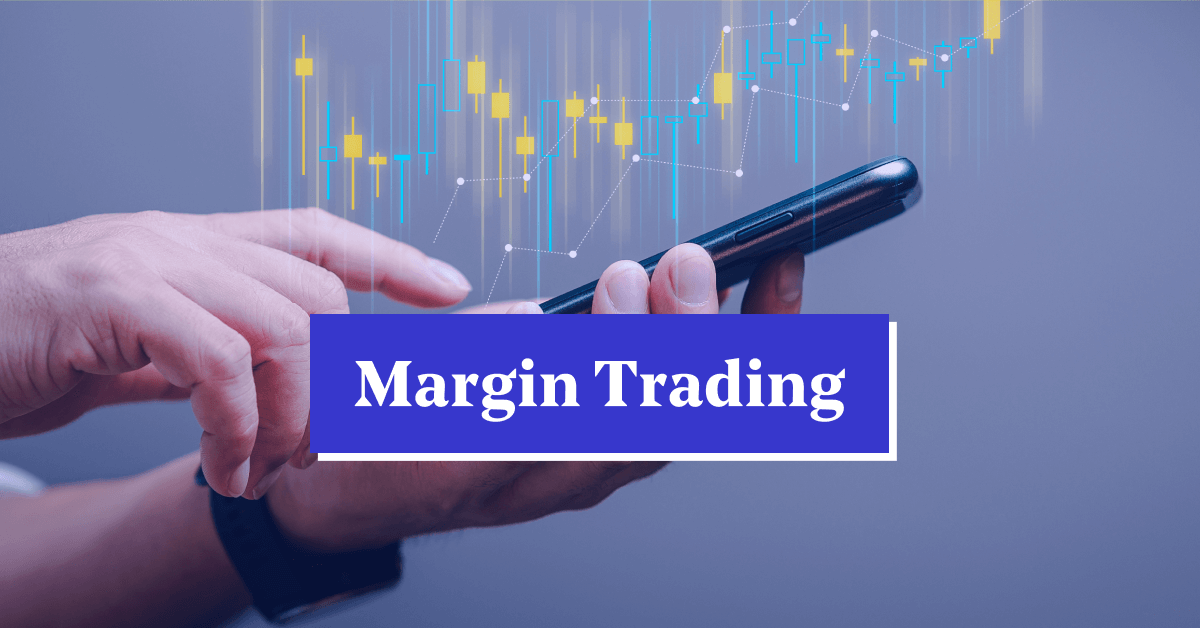What Are The Types Of Margin Trading
by Saurabh Pandey Digital Marketer
Exchanges now let you use borrowed money with the cross or isolated margins. Margin trading allows investors to take larger positions in the stock market using only a small portion of their own funds. The variation between the buying and selling price determines the extent of trading activity. Before you begin, it's vital to apprehend the potential impact of using margin and the associated risks.
How Does It Work?
Margin trading lets traders take equity from a third party after depositing a small fraction of their equity into margin accounts. This increases their buying power.
This approach encourages daily reevaluation of positions, with uncovered exposure paid up quickly or open positions closed until the minimum value is met. Traders can also exit less favourable positions instead of depositing more equity.
The initial capital required for a trader is a crucial consideration. Traders must retain a specified level of funds in their account to avoid receiving margin calls when their equity becomes negative while on margin.
The initial margin rate varies across different trading instruments, so traders should check the product schedule for the rate for their chosen assets. Once a trade is placed, the margin loan remains open, and the remaining borrowed funds are returned to the broker.
Maintenance Margin
Active market participants face daily price changes, affecting their margin account balance. Derivatives are marked to market at the end of each trading day, aggregating daily profits and losses.
When losses reach a certain level, the account balance falls below the maintenance margin, prompting traders to deposit more collateral and raise their equity to the initial margin. This situation is known as a margin call, and traders must meet initial margin requirements to maintain open positions.
Isolated And Cross Margin
Cross margin shares margin between open positions using the same settlement asset, preventing liquidation if a position requires more margin from the total asset ratio. This riskier approach may affect other traders if several positions are open.
This margin method is useful for hedging existing positions and arbitragers who don't want to be exposed from one side of the trade in case of a liquidation.
However, by isolating accounts, traders can better manage their trades by allocating a set amount of money for each trade. This type of trading involves high risks, but your potential losses are limited to the share in your account. Traders must closely monitor their positions as they are reviewed daily as part of the exchanges' risk management procedures. For this account, your holdings will be liquidated automatically.
Isolated margin is a risk management tactic that avoids damaging the entire account or balance using leverage. The assurance used for this approach is determined independently from the full account's equity, based on collateral the trader puts for that specific market position. This means that traders do not risk the whole account in case of a margin call or a trade moving sideways.
Final Thoughts
In leveraged trading, traders borrow funds from brokers to increase their market bets and potentially increase their profits. This approach involves using isolated and cross-accounts to execute large trades without putting the entire account at risk. Your trading style and assumptions of risk will influence your choice of account.
Sponsor Ads
Created on May 4th 2024 07:09. Viewed 51 times.



